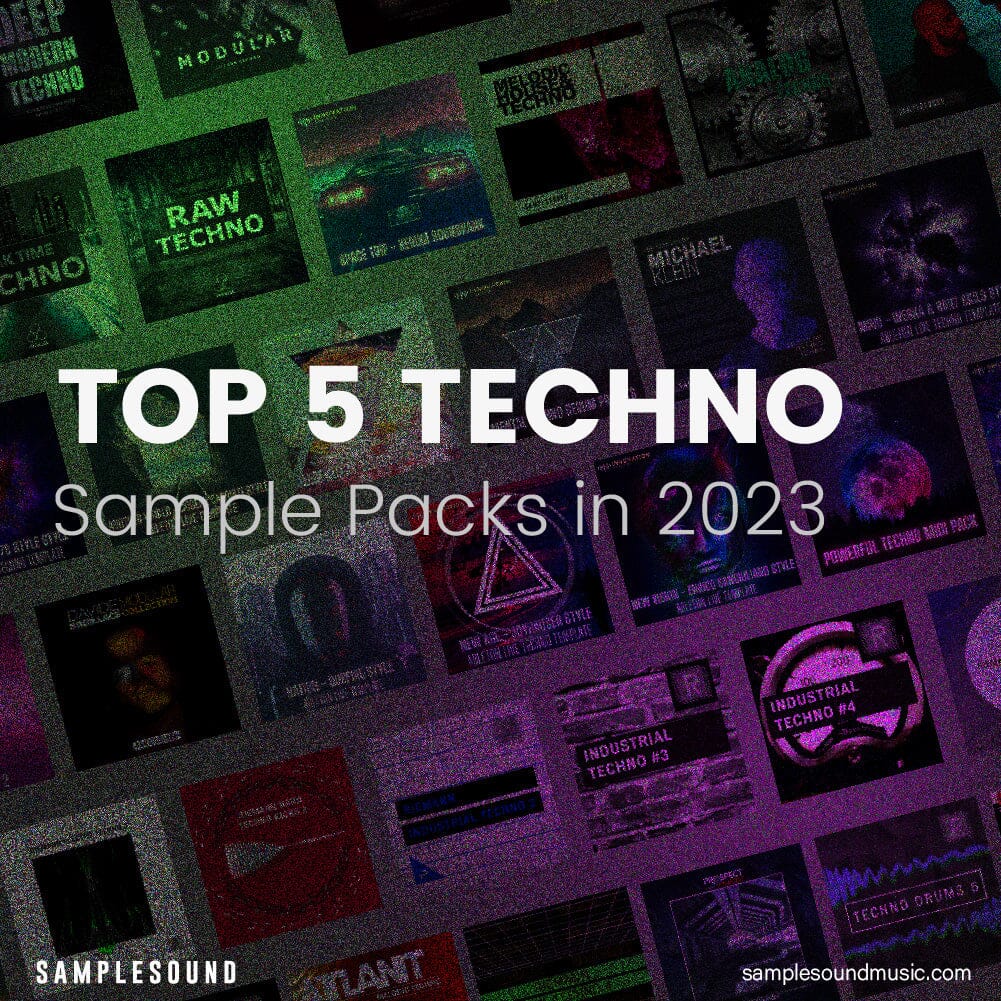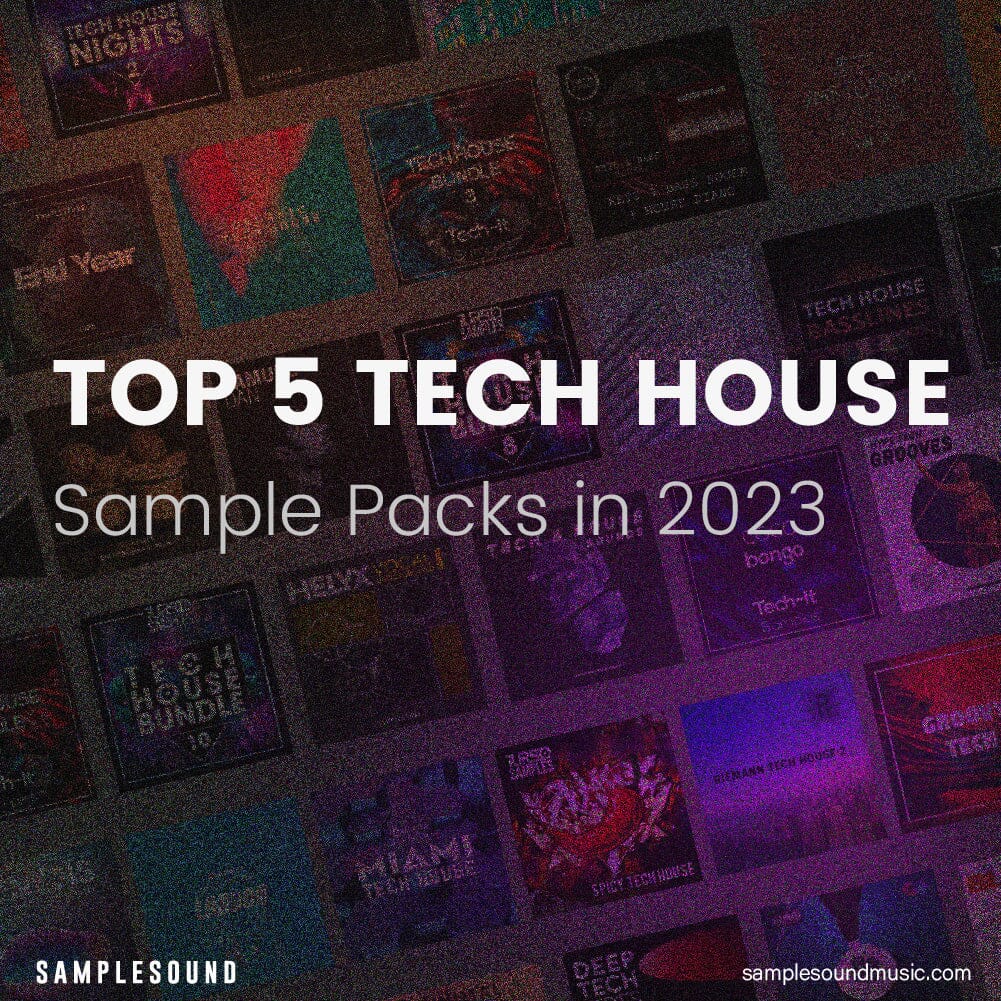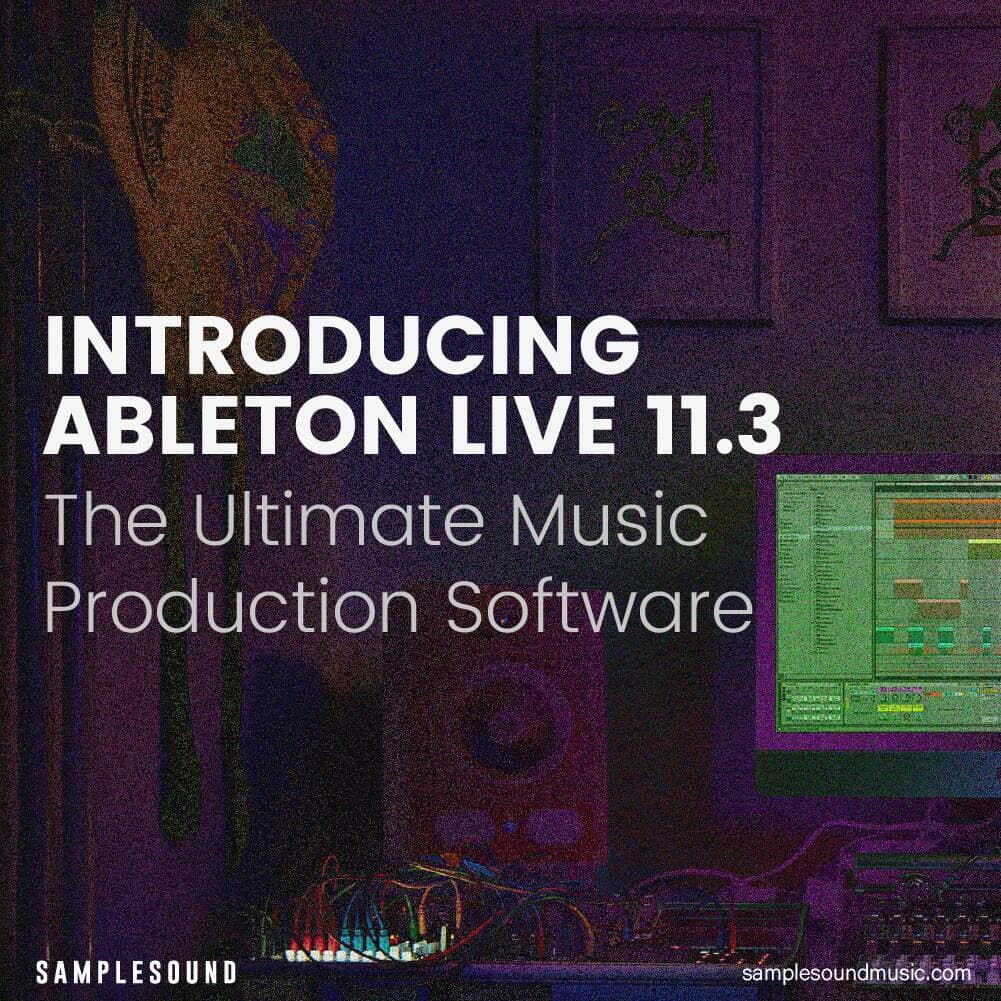How To Make a Trap Song
Do you want to know the tricks to make a great trap beat? This is the right place for you!
1.Trap Production
The music is made up of three macro elements:
- the "melody" played by atmospheric synthesizers,
- the "drum loop” made by synthesized percussion and complex hi-hat patterns,
- the Bass produced with a long decay, and mixed to occupy the "Sub" band of the mix.
You must know that at first trap music was produced exclusively by the “Roland TR-808” drum machine.
Trap metronomic tempos may be different. From about 50 BPM (doubled to 100 BPM for more detailed hi-hat programming) to 80 (160) BPM. But one of the most used tempos is around 70 (140) BPM.
2.How to make a trap beat

The Melody
The first step is to compose the "melody".
The melodic part of the beat is made with synthesizers and VST, with minimal, loopable, moody and dark melodies.
Let's create a loop in which we insert notes taken from in the minor scale to get a "sad" mood. The choice of samples or virtual instruments for the melody is oriented on the synth pad, bell, or analog pad, but multilayered textured monophonic drones, cinematic sounds, ambient sounds or atmospheres are also used.
We recommend that the melody is based on the minor, harmonic minor, and phrygian scales.

Drum
The typical trap drum sounds belong to the family of the Roland TR-808 drum machine, particularly in the low end area (also called "808") and often syncopated bass drum, combined with hi-hats in double or triple time.
KICK: We build a deep kick (also called "808") in order to make a syncopated rhythm.

Snare
We choose two different Snare sounds. The first one more "full", the other more "thin". We’re gonna position the first one on the third beat of each bar, and the second one on the upbeat of the measure, it the distribution is up to your taste!

Hi Hats
Also in this step we choose a two kind of sounds: "closed" and "open". We distribute the closed hats inside the grid by making them cover the space of every 1/8, and then add other notes on the 1/16 or 1/32, up to your taste, but don't overdo it. A few notes of the hi-hat can be dragged onto the "open" part in order to create a variety of sound as well as rhythmic movement.

Bass
Bass in Trap music is the third element that distinguishes this genre.
Sound is based on a sine wave exposed on sub frequencies.
The rhythm of the bass takes its cue from the notes of the Kick, which can be imported into the new Bass region and lengthened in the release, so as to create a denser sound.
The pitch of the notes will depend on the fundamental root of the previously chosen scale. By alternating these notes to the perfect fifth interval we will get a nice melodic movement.

Other parts (Atmosphere)
Have fun creating dark, ambient sounds and atmospheres with the use of samples and synths effected with reverbs, delays, modulations etc.

3.Trap Beat Structure
Once you've created the loop, how do you turn all of this into a song? Follow this tip:
- short introduction (often characterized by the melody in "solo"
- verse (8-16 measures),
- pre-chorus (4-8 measures),
- chorus (8 measures).
Sometimes a bridge and finally an ending.
There is no need to write new music, just focus on the sound, through applying audio effects, manipulating samples and arranging elements within your project.
So, there you have it! Now you know how to create an incredible Trap track in Travis Scott style. Looking for some inspiration? Check our Trap Sample Pack to arouse your ears and get inspired with our sample!
Samplesound Trap packs contain everything you need to create a Trap track from scratch.
Beats loops, 808 kicks, phat bass, arpeggios, hits, one shot, leads, vocal chops, uplifting effects and so on.
If you aim to produce energetic, hard-hitting trap tracks you are landed on the right place!
All the samples are 100% royalty free and ready to be integrated instantly in your workflow.


















